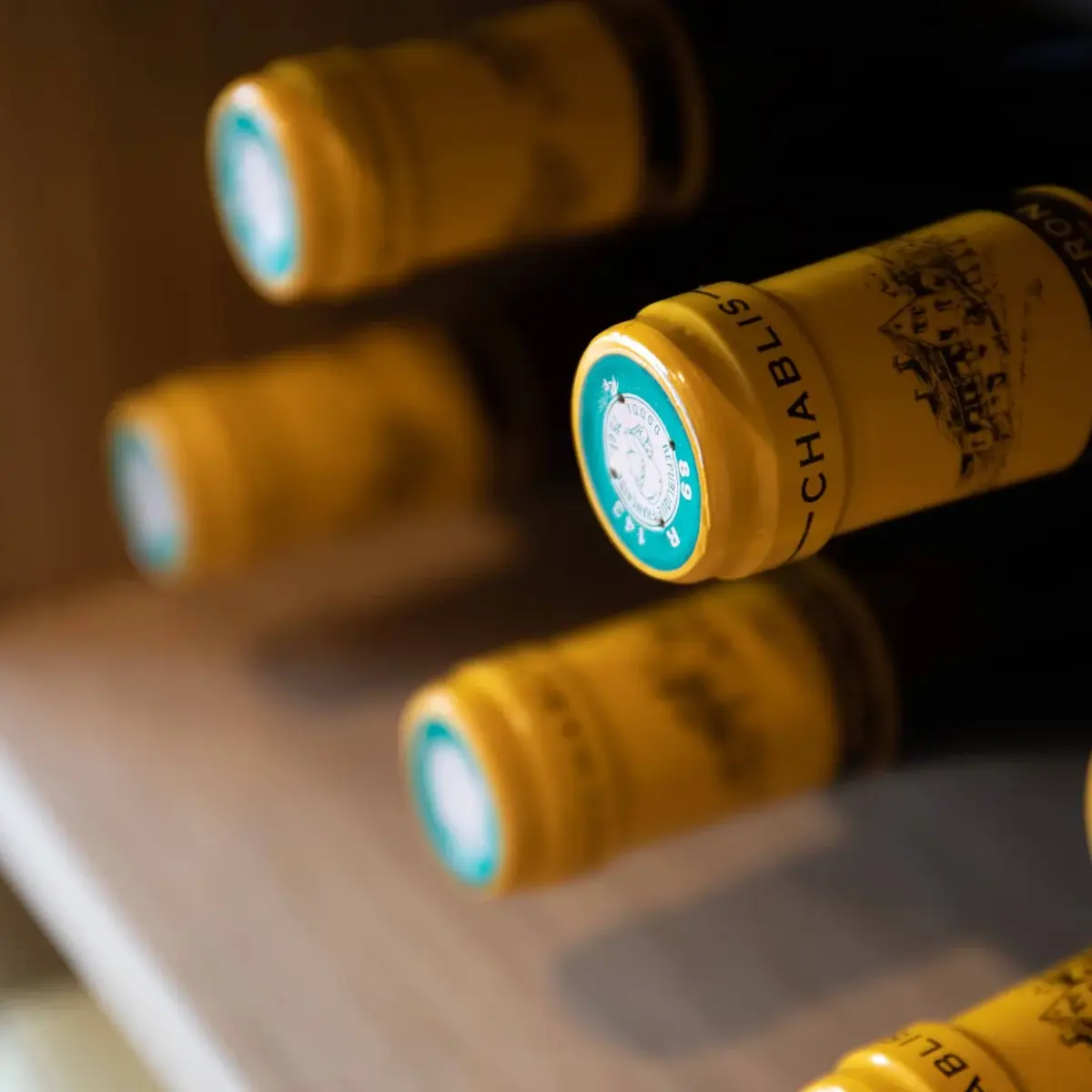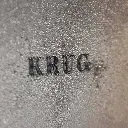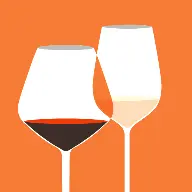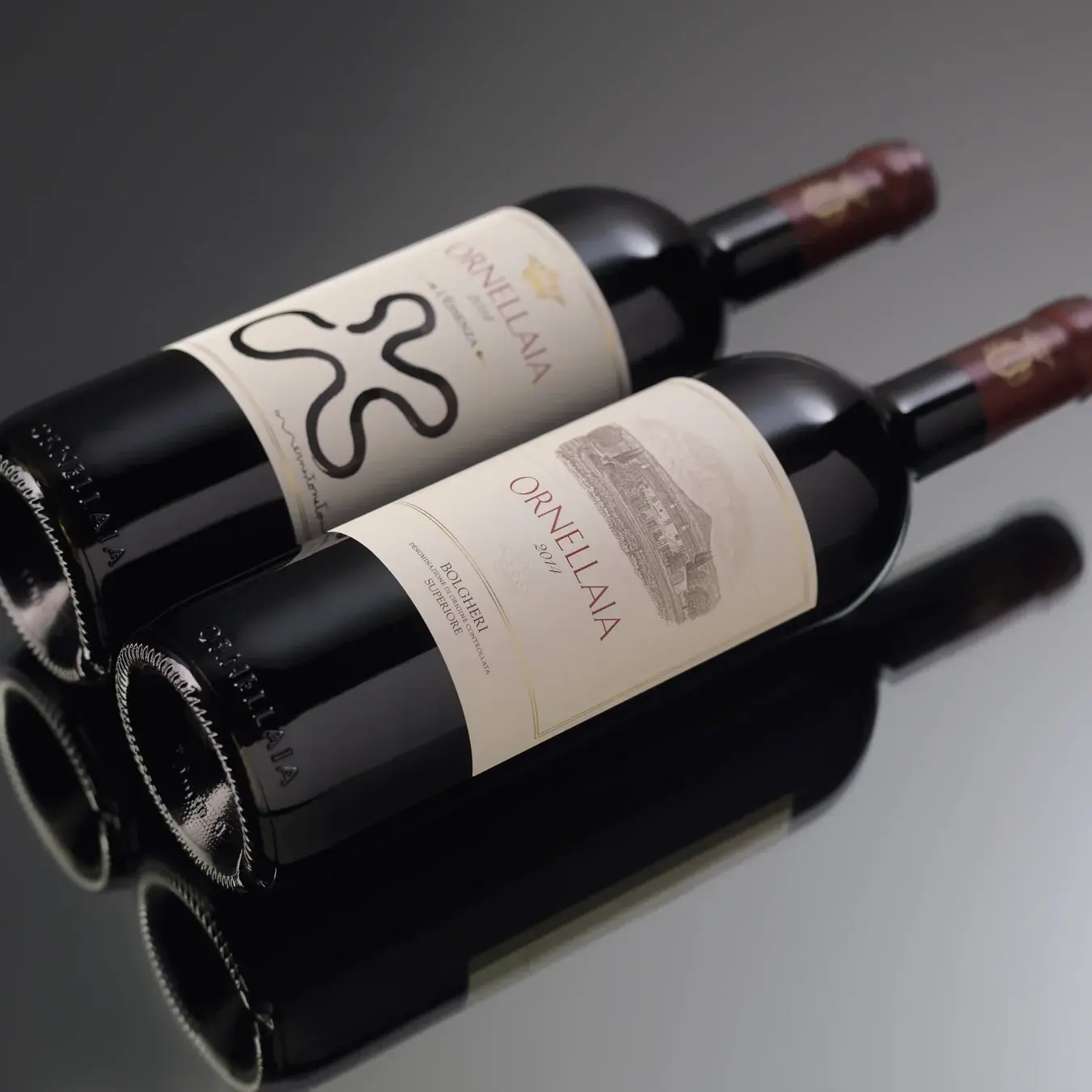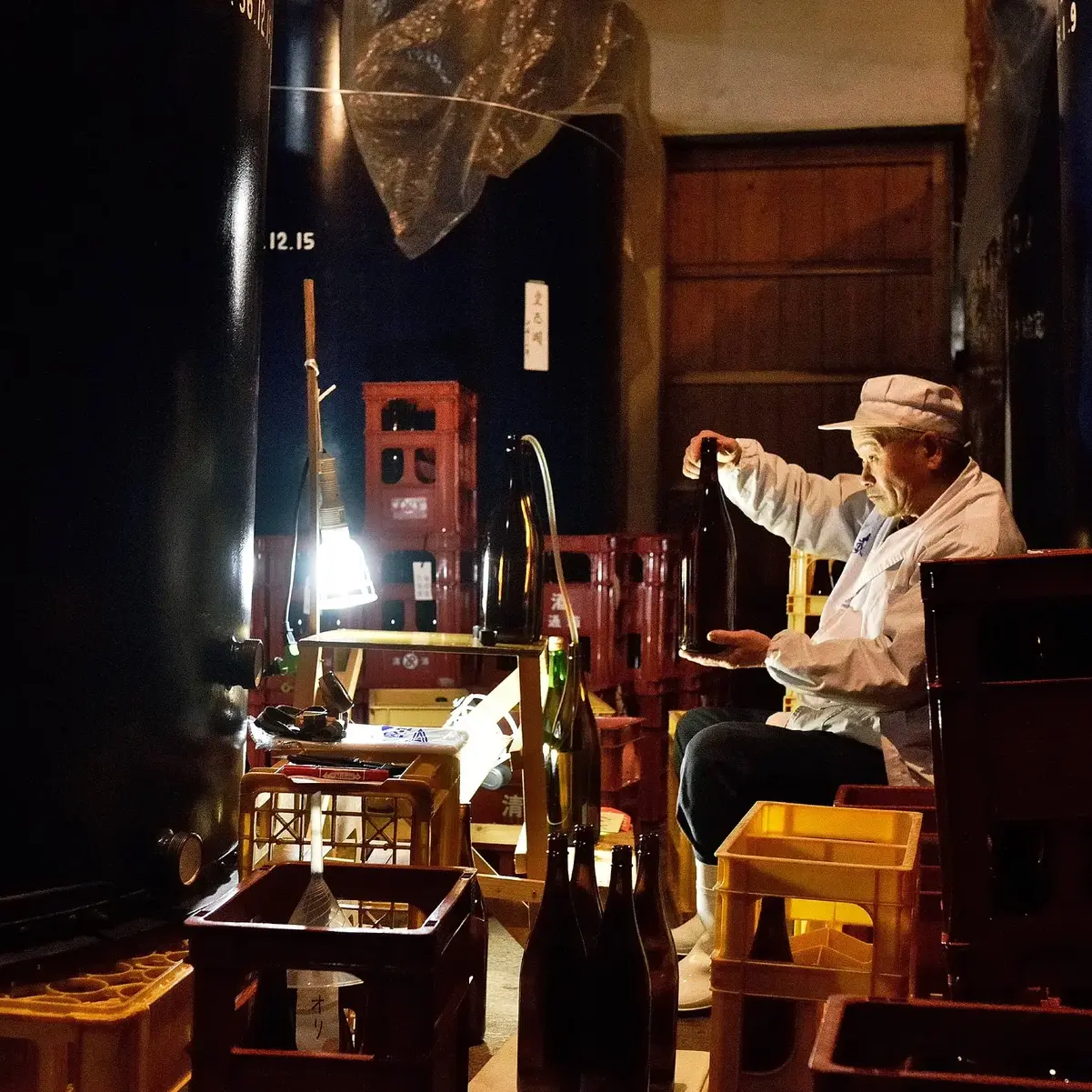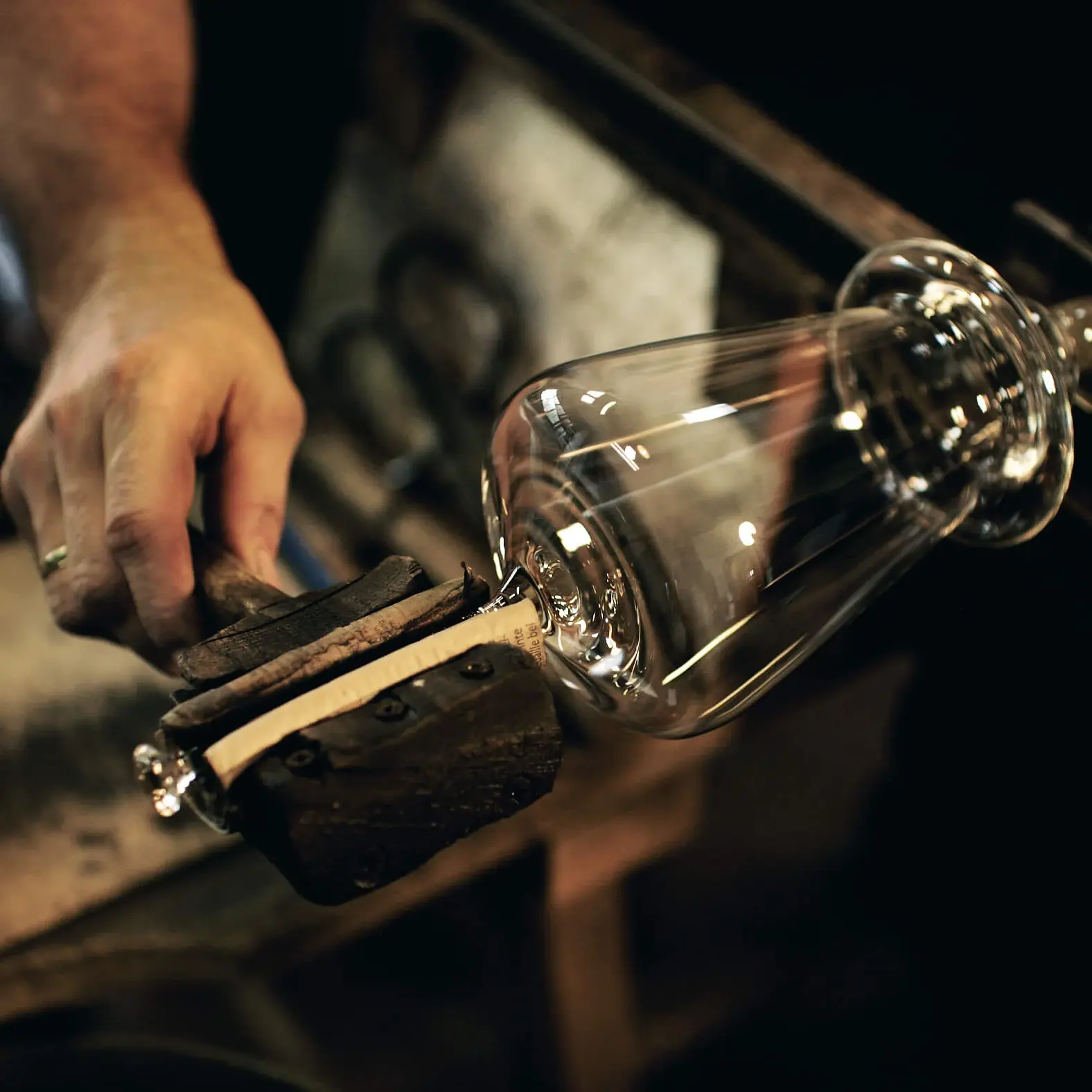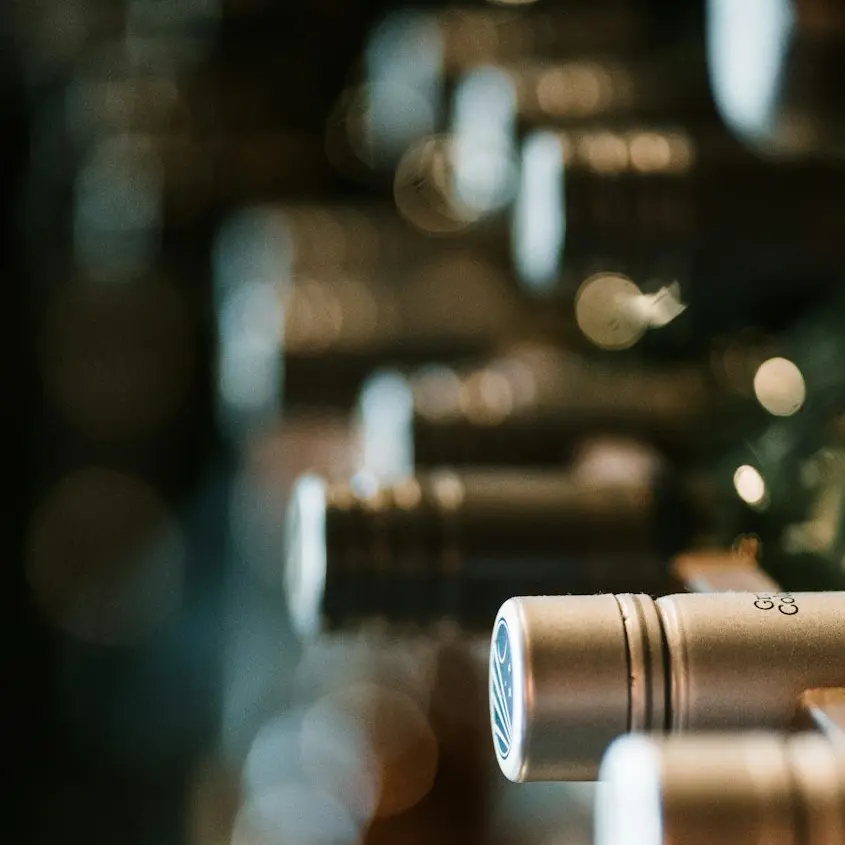When you swirl that glass of wine and take in the aromas, you're not just enjoying a beverage—you're savoring a piece of history and geography. The debate between Old World and New World wines is as old as the vines themselves, and to truly appreciate the differences, let's take a closer look at two iconic regions: Bordeaux in France (Old World) and Napa Valley in California (New World). Whether you're a wine newbie or a seasoned connoisseur, understanding these differences can elevate your next tasting experience.
What Exactly Do "Old World" and "New World" Mean?
Before we dive into the specific regions, let’s clarify these terms. "Old World" refers to the traditional wine-producing regions of Europe, like France, Italy, and Spain. These areas have centuries of winemaking history and are often known for their strict regulations and classic styles.
On the other hand, "New World" encompasses regions outside of Europe, such as the United States, Australia, and South Africa. These areas are known for their innovation and more liberal winemaking practices, often leading to bolder, fruitier wines.
Bordeaux: The Quintessential Old World Wine
Bordeaux, located in southwestern France, is synonymous with tradition. When you think of Bordeaux, think structure, elegance, and complexity. The region is known for its blends, particularly those made from Cabernet Sauvignon and Merlot. Here’s what sets Bordeaux apart:
- Terroir-Driven Wines: Bordeaux wines are often described as "terroir-driven," meaning the flavor profile is heavily influenced by the region’s unique climate, soil, and topography. You’ll often find earthy, mineral notes that reflect the land itself.
- Subtlety and Aging Potential: Bordeaux wines are known for their subtlety. They might not hit you with bold flavors right away, but they reveal layers of complexity as they age. It’s not uncommon for a Bordeaux wine to improve over decades, with tannins softening and flavors evolving.
- Strict Regulations: The Bordeaux region is governed by strict regulations that dictate everything from grape varieties to vineyard practices. This adherence to tradition ensures consistency and a sense of place in every bottle.
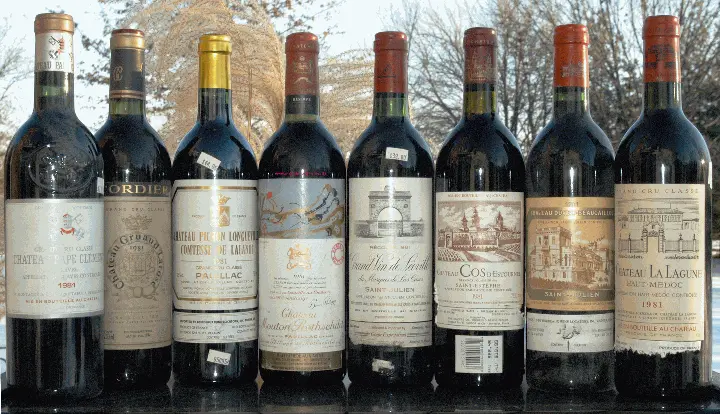
Napa Valley: The Bold Face of New World Wines
In contrast, Napa Valley represents the spirit of innovation. Located in California, Napa Valley wines are known for their bold, fruit-forward flavors. Here’s what makes Napa Valley stand out:
- Fruit-Driven Wines: Napa Valley’s warm climate allows grapes to ripen fully, resulting in wines with intense fruit flavors. Think of a Cabernet Sauvignon from Napa, bursting with ripe blackberry and plum, often accompanied by notes of vanilla from oak aging.
- Innovation and Experimentation: Winemakers in Napa Valley aren’t afraid to push boundaries. You’ll find a wide range of styles, from rich and oaky Chardonnays to complex, tannin-rich Cabernets. The region’s relatively loose regulations give winemakers the freedom to experiment with different techniques and blends.
- Immediate Gratification: Unlike Bordeaux, many Napa wines are ready to drink right off the shelf. While some can age beautifully, many are crafted for immediate enjoyment, offering a more approachable experience for those new to wine.
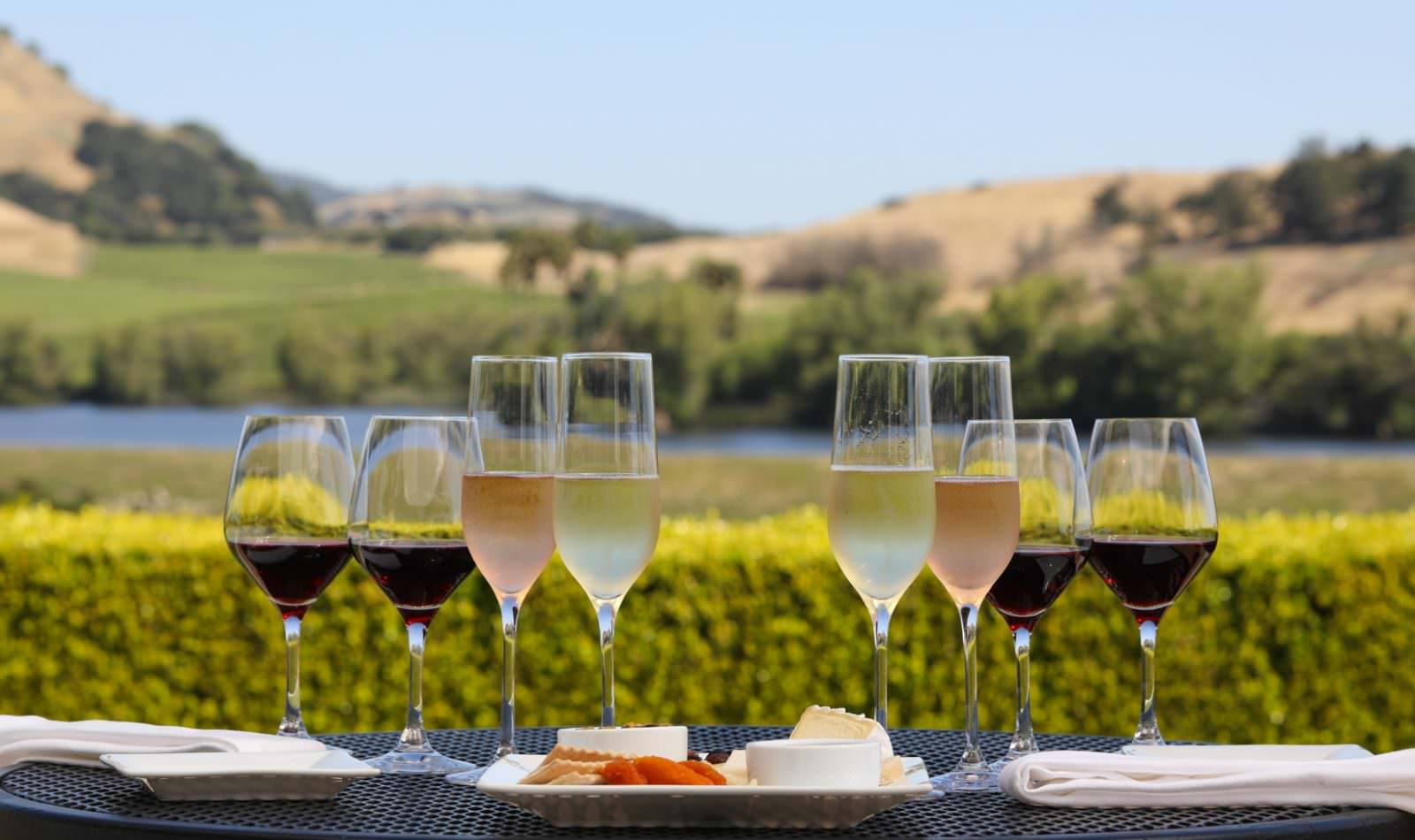
Key Differences Illustrated by Bordeaux and Napa Valley
Let’s break down the differences in a more tangible way:
| Aspect | Bordeaux (Old World) | Napa Valley (New World) |
| Climate | Maritime, with more variability in weather. | Mediterranean, warm and consistent. |
| Wine Style | Subtle, complex, and structured with higher acidity. | Bold, fruit-forward, with lower acidity. |
| Grape Varieties | Cabernet Sauvignon, Merlot, Cabernet Franc. | Cabernet Sauvignon, Merlot, Zinfandel. |
| Winemaking Approach | Traditional, with strict regulations and a focus on terroir. | Innovative, with more freedom to experiment. |
| Aging Potential | Long-term aging, often 10+ years for top wines. | Can age, but many are made for immediate consumption. |
| Flavor Profile | Earthy, mineral, and subtle fruit flavors. | Ripe, lush, with prominent fruit and oak. |
Why It Matters to You
Understanding these differences isn’t just about geography—it’s about finding the wines that match your palate and occasion. If you’re hosting a dinner party and want a wine that will evolve over the evening, a Bordeaux might be your go-to. If you’re looking for something to enjoy with friends over a casual meal, a Napa Valley wine could be the perfect choice.
Final Sip: Bringing It All Together
Whether you lean towards the Old World charm of Bordeaux or the New World flair of Napa Valley, both regions offer something unique. Exploring these wines is like taking a journey through history and innovation, tradition and creativity. So, next time you’re browsing the wine aisle, why not pick up a bottle from each and do your own taste test? You might just find that the best of both worlds is what you enjoy most.
Try this: Host a blind tasting with friends, comparing a classic Bordeaux like Chateau Lascombes 2012 with Napa Valley’s Peter Michael "Les Pavots" Bordeaux Blend (2018). Although Les Pavots is a Bordeaux-style blend, it’s produced in Napa Valley, where Peter Michael Winery is renowned for crafting Bordeaux-style wines in the New World. Note the differences—it's a fun way to sharpen your palate and deepen your understanding of these iconic wine regions.
